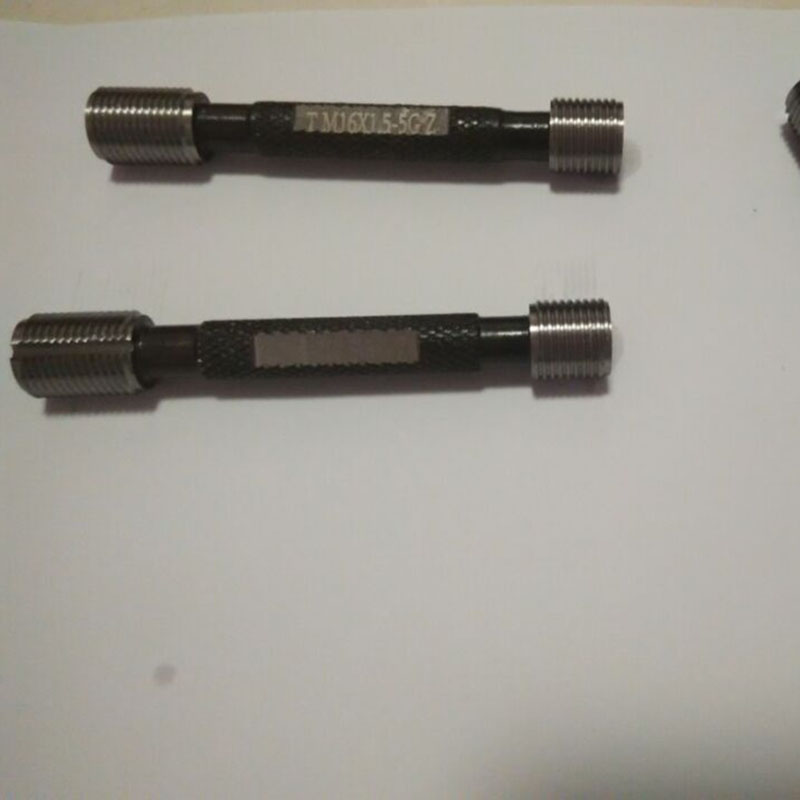নভে. . 06, 2024 08:40 Back to list
Inspection Techniques for Cast Iron Surface Plates and Quality Assurance
Understanding the Importance of Cast Iron Inspection Surface Plates
In the realm of precision engineering and manufacturing, achieving accuracy in measurements is paramount. One of the key tools that facilitate this is the cast iron inspection surface plate. Designed for use in a variety of inspection and measurement applications, these plates play a crucial role in ensuring that components meet their required specifications.
What is a Cast Iron Inspection Surface Plate?
A cast iron inspection surface plate is a flat, rigid plate made from cast iron, offering a stable and level surface for conducting inspections. They are used extensively in machine shops, laboratories, and quality control departments. The primary purpose of these plates is to provide a reference surface against which the dimensions of various workpieces can be checked. Because cast iron possesses excellent dimensional stability and resistance to warping, it makes an ideal material for these inspection tools.
Advantages of Cast Iron Surface Plates
1. Stability and Durability Cast iron is known for its inherent strength and durability. When properly maintained, these surface plates can last for many years without significant wear. Their ability to withstand heavy loads without distortion contributes to their popularity in industrial settings.
2. Thermal Stability One of the significant advantages of cast iron inspection plates is their thermal stability. The ability of cast iron to maintain its shape under varying temperatures helps to provide consistent and reliable measurements across a range of environmental conditions.
3. Non-Magnetic The non-magnetic nature of cast iron avoids interference in precision measuring applications that utilize magnetic tools, ensuring that measurements remain unaffected by external magnetic fields.
4. Surface Finish Cast iron can be machined to a very fine finish, which is essential for providing a high degree of accuracy in measurements. The smoother the surface, the less chance there is of errors caused by unevenness or surface imperfections.
5. Cost-Effectiveness Compared to other materials used for inspection plates, cast iron offers a balance of cost and performance, making it an economical choice for many businesses.
Applications of Cast Iron Inspection Surface Plates
Cast iron inspection surface plates are utilized in numerous applications
cast iron inspection surface plate

- Quality Control They are integral in quality control processes where components must be checked for conformity to specifications. Inspectors can place parts on the surface plate and use calipers, height gauges, and other measuring instruments to ensure accuracy.
- Machining Applications In machining operations, these plates are often used to set up and align parts for precision machining, ensuring that components are processed correctly.
- Layout Work Engineers and machinists use inspection plates for layout work, enabling them to position and mark parts accurately before further machining or assembly.
Maintenance of Cast Iron Inspection Surface Plates
To ensure the longevity and accuracy of cast iron inspection plates, regular maintenance is essential. Here are a few maintenance tips
1. Cleaning Regular cleaning with a non-abrasive cleaner helps to remove any debris, dust, or chips that may accumulate on the surface. Avoid harsh chemicals that could damage the plate’s finish.
2. Preventing Rust While cast iron is quite robust, it can be susceptible to rust if not properly cared for. Applying a thin coat of oil can help prevent rust when the plate is not in use.
3. Regular Calibration Just like any precision measurement tool, it's essential to regularly calibrate the inspection plate to ensure its flatness and accuracy over time.
4. Use of Protective Covers When not in use, covering the surface plate can protect it from dust and accidental damage, extending its lifespan.
Conclusion
In summary, cast iron inspection surface plates are fundamental tools in various industrial processes, particularly within quality control and precision engineering contexts. Their properties of stability, durability, and resistance to wear make them indispensable for achieving accurate measurements. By understanding their advantages and proper maintenance, companies can ensure these tools serve their purpose effectively, enhancing product quality and operational efficiency. For industries reliant on precision, investing in high-quality cast iron inspection surface plates can ultimately lead to better performance, reduced errors, and increased customer satisfaction.
-
Right Angle Ruler Innovations in Measuring ToolsNewsJul.18,2025
-
Parallel Ruler Maintenance for Long-Term AccuracyNewsJul.18,2025
-
Magnetic V Block 4 Inch Cost Effectiveness AnalysisNewsJul.18,2025
-
Internal Thread Gauge Innovations for Faster InspectionNewsJul.18,2025
-
Ground Anchor Applications in Construction and LandscapingNewsJul.18,2025
-
Butterfly Valve Types StandardsNewsJul.18,2025
Related PRODUCTS









